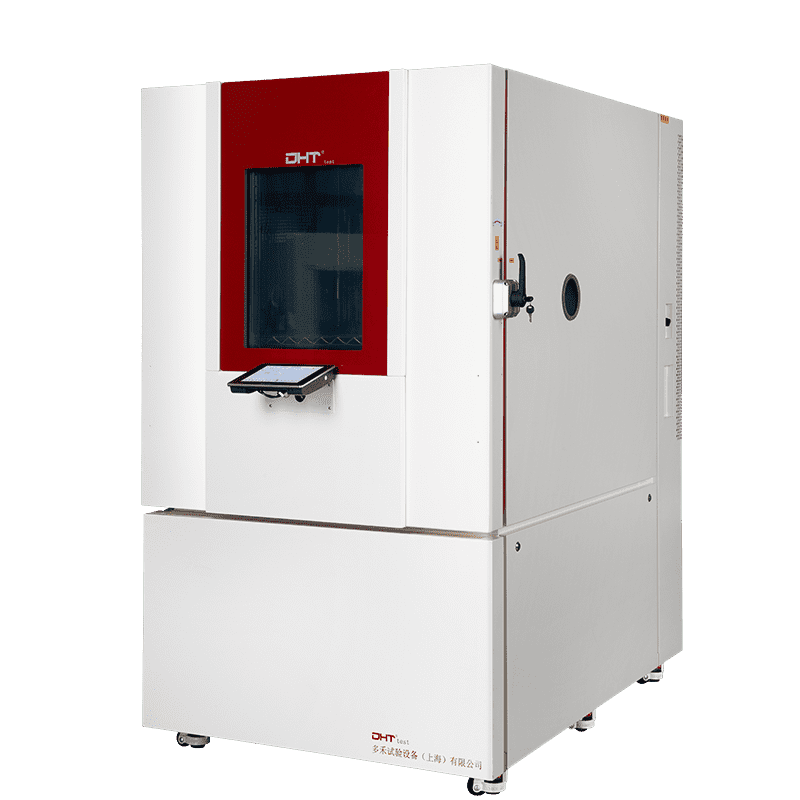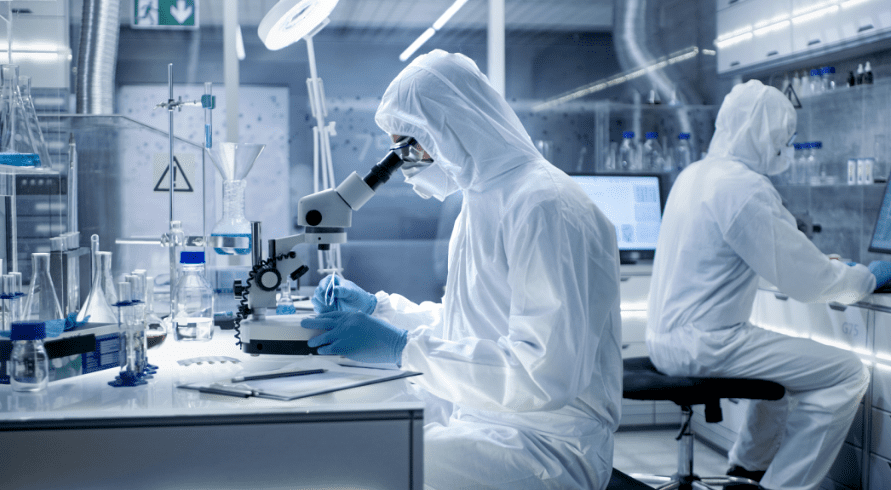Written by Robin
Senior Engineer, Doaho Test (DHT®)
What is a Stability Test Chamber?
A stability chamber is a specialized piece of equipment designed for conducting long-term stability testing of products such as pharmaceuticals, food, and cosmetics. It provides a precise and stable temperature and humidity-controlled environment (e.g., 25°C ±2°C / 60% RH ±5% RH), simulating the storage conditions of products under specific conditions to evaluate their changes over time.
The importance of temperature stability chamber is indisputable. They serve as the scientific basis for determining product shelf life and are considered the gold standard for ensuring pharmaceutical safety and efficacy. Through long-term stability testing, companies can ensure that their products maintain consistent quality and remain safe and reliable throughout their intended shelf life. This not only fulfills mandatory requirements set by regulatory authorities such as GMP but also demonstrates a commitment to corporate reputation and consumer health.
How to Choose a Stability Testing Chamber?
With a wide variety of types and brands available in the market, selecting a stability testing chamber that meets your specific requirements requires careful consideration of several factors:
Temperature and Humidity Control
-
Key indicators: The achievable temperature and humidity range, as well as control accuracy.
-
Considerations: Choose a chamber that meets your product testing standards, ensuring minimal fluctuations for reliable experimental data.
Sample Capacity and Chamber Size
-
Key indicators: Internal space, tray layout, and the number of samples that can be accommodated.
-
Considerations: Select a chamber size that meets current and future testing needs, avoiding issues related to insufficient or excessive space, which could affect efficiency and energy consumption.
Air Circulation and Uniformity
-
Key indicators: Air duct design, fan power, and sensor placement.
-
Considerations: Ensure uniform temperature and humidity distribution throughout the chamber to prevent localized deviations that could impact results.
Intelligent Control and Data Management
-
Key indicators: Program settings, multi-step profiles, timed operation, data recording, and remote monitoring capabilities.
-
Considerations: An advanced control system can improve experiment management efficiency and ensure data traceability.
Energy Efficiency and Maintenance
-
Key indicators: Refrigeration system efficiency, energy consumption, and internal design.
-
Considerations: High-efficiency, easy-to-maintain chambers reduce long-term operational costs and extend service life.
Industry Standards and Certification
-
Key indicators: Compliance with relevant standards for pharmaceuticals, food, electronics, etc., such as ICH, GMP, IEC.
-
Considerations: Select certified equipment to ensure that your test results are recognized and accepted within the industry.
After-Sales Service and Technical Support
-
Key indicators: Supplier responsiveness, technical training, and availability of spare parts.
-
Considerations: Comprehensive after-sales service ensures long-term, stable operation and minimizes downtime risks.
Leading Global Stability Chamber Manufacturers
When choosing a stability chamber, referring to internationally recognized brands can help companies quickly identify high-quality suppliers. Globally, several manufacturers are renowned for their advanced technology and reliable performance, including Weiss Technik, ESPEC, and DHT®. For more details, refer to the article Top 10 Global Stability Chamber Manufacturers in 2025 to get the latest industry insights and brand recommendations.
These suppliers typically offer a range of models, from benchtop to large walk-in chambers, from basic functionality to fully automated intelligent systems, catering to different enterprise and laboratory needs. Additionally, they provide strong after-sales support, technical assistance, and customized solutions.
Conclusion
Selecting the right stability chamber is not merely an equipment procurement decision—it directly affects R&D efficiency, product quality, and market competitiveness. Companies should comprehensively evaluate temperature and humidity control capabilities, air circulation design, sample capacity, intelligent features, and energy efficiency according to their product types, testing standards, and budget. By leveraging the advanced technologies of leading global brands, businesses can conduct stability testing more efficiently and accurately, providing a solid foundation for product launch and market success.


